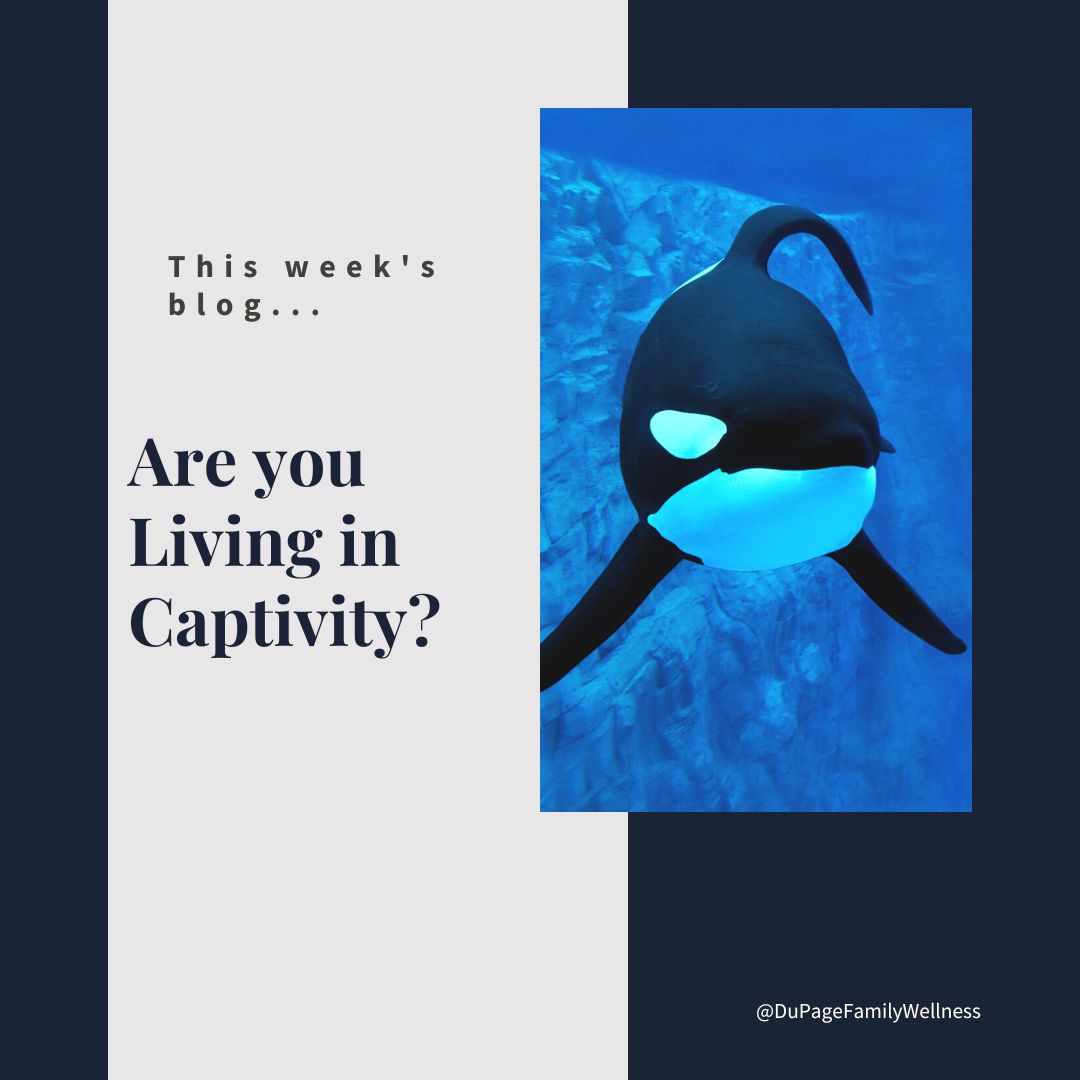 In a large nationwide study, U.S. adults were found to be more sedentary than previously observed. A sedentary lifestyle is defined as being somewhat inactive and characterized by much sitting.
In a large nationwide study, U.S. adults were found to be more sedentary than previously observed. A sedentary lifestyle is defined as being somewhat inactive and characterized by much sitting.
In this study, self-reports showed a mean of over nine hours of inactive behavior on a given day. When you add that to the time you sleep at night, that's a staggering number.
Overall, the “largest single source of sedentary time of the population was potentially modifiable leisure-time sitting, and more than 80% of this time was attributed to the consumption of electronic media.”
Let’s explore your habits and look at the benefits of movement.
Look at Your Day
Take a minute to list what you do on a typical day. Start when you wake up, get ready in the morning, go to work, and come home. Is there movement built into your day, or do you have to make an effort to include it?
As a culture, we have forgotten the value of moving throughout the day. We tend to think we live an active lifestyle if we go to the gym regularly. Going to the gym is great; however, if we are sitting the rest of the day we are still living a sedentary life which will be detrimental to our health.
According to Dr. James Levine, the director of the Mayo Clinic-Arizona State University Obesity Solutions Initiative, “Sitting is more dangerous than smoking, kills more people than HIV, and is more treacherous than parachuting. We are sitting ourselves to death.”
Are You Living in Captivity Too?
In the wild, it is natural for orca whales to swim up to 100 miles a day while foraging for food. In captivity, this natural unrestricted movement is not possible. Instead of swimming through the ocean in an unrestricted manner, the captive orca spends its days swimming in circles. This lack of natural movement may result in the orca’s fin collapsing.
As humans, when we restrict our movement due to work, busyness, or other lifestyle choices, we are like the captive orca swimming in circles. It’s like we have put ourselves into “captivity” without even realizing it!
Ways We Put Ourselves in Captivity
Our culture, in an attempt to make life smoother, sets us up for a lack of natural movement.
- Modern society has us sitting in straight-backed chairs for hours and then resting on the couch in the evening. Passive lounging does not use the muscles our ancestors used when they sat on the ground.
- Sidewalks allow us to walk on flat ground, often in shoes that bind our feet restricting our movement. It changes our gait and prevents the muscles from developing naturally. High heels are even worse, putting us in positions we were never intended to be.
- Even when we exercise, we often use machines that force our bodies into precise, yet unnatural movements. Our bodies were not designed to do these movements over and over. There is much more benefit to moving the body as a whole.
Human’s “Collapsed Fin”
While we do not have a fin that can collapse, humans do suffer from "putting themselves in captivity." For humans lack of natural movement results in pain and dysfunction.
- knee pain
- hip pain
- collapsed arches
- arthritis in your joints
- tight hamstrings
- leaky pelvic floors
- bunions or plantar fasciitis
Most of the time, musculoskeletal pain has a reason. We must look at the ways we have chosen to move (or not to move), as well as the cumulative result of the stresses we have put (or not put) on our muscles, ligaments, tendons, and joints.
Ways to Incorporate Natural Movement in Your Life
Our goal is for long-term change; take things slow and steady. We want to get your whole body moving in natural ways in a natural environment.
- Walk somewhere instead of driving
- Sit on the floor instead of reclining on the couch
- Eat meals ‘picnic-style" on the floor
- Take a movement break at work
- Make a phone call while standing
- Have a walking meeting
- Skip using a convenient tool to make food by chopping it manually
- Carry your child instead of using a stroller
- Use the basket instead of a grocery cart
- Water your plants with a pail instead of a hose
- Put on music and take dance breaks from sitting
- Take the stairs instead of the elevator
- Walk on the grass rather than the flat sidewalk
- Go on a hike up a hill
- Try going barefoot
- Park further away at a store
Also, remember that movement doesn’t have to mean moving your body from one place to another. I would consider it “moving more” if your muscles are more engaged. For example, sitting on a stool would be moving more than lounging on a La-Z-Boy since your muscles will be more engaged to support your body.
I’m more concerned about the level of movement in your life than how much you exercise. What natural movements can you incorporate into your life today?
Dr. Jamie

